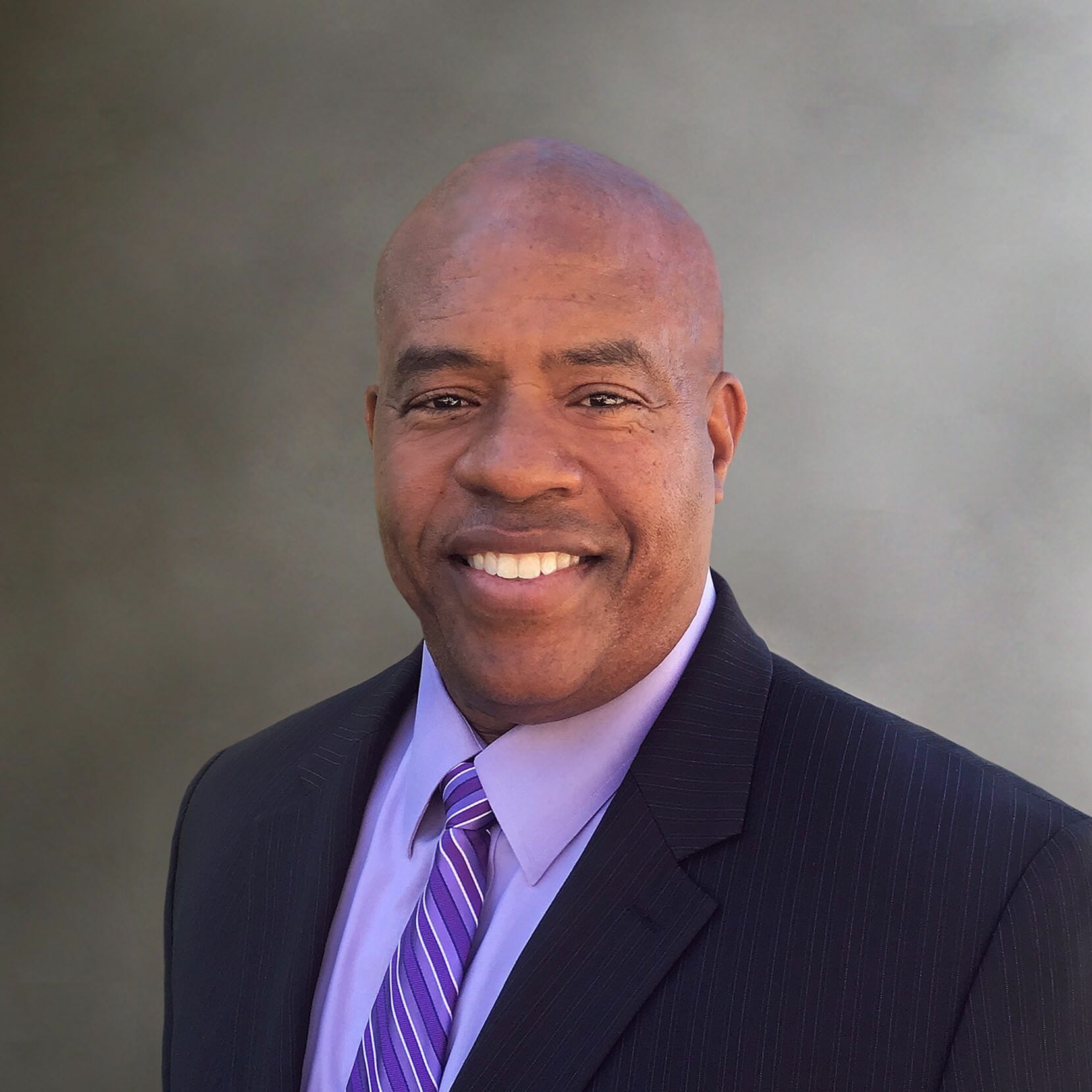
Is it a microaggression? The authors of Fix Your Climate, two leading experts on hierarchical microaggressions, discuss how microaggressions operate within an academic workplace and offer a few quick tips for identifying and reducing them.
Microaggressions, microbullying, and bullying are the silent destroyers of a university’s climate. Because microaggressions have a cumulative and amplifying effect (an organizational culture rife with microaggressive behavior becomes a fertile ground for microbullying behaviors), it is crucial to both educate your departmental or institutional culture about microaggressions and help your faculty and staff understand what they are, what they are not, and how they work.
Identifying a microaggression
Let’s look at two quick scenarios.
SCENARIO A
A white, male assistant professor says to a colleague, “Someone mistook me for a security guard.”
I ask, “How did that make you feel?”
He responds, “Fine. It was funny.”
Is this a microaggression? Probably not. His feelings weren’t hurt. The incident did not relate to an aspect of his identity. No microaggression.
SCENARIO B
If you change the race of the individual in the same scenario, the outcome of the scenario might also change.
An African-American, male, assistant professor says, “Someone mistook me for a security guard.”
A colleague asks, “How did that make you feel?”
He responds, “I am so sick of it. No one ever sees me, or people who look like me, as a professional with a degree.”
Is this a microaggression? Yes. His feelings were hurt. And he felt like the slight was related to his social identity and his professional identity—the combination of them together. Also, this action may be a part of an accumulative effect of receiving this, or a similar misunderstanding, multiple times.
Why this is a microaggression: In Scenario A, the assistant professor is from a dominant group in society (i.e., white males), so even though he received a comment that might give offense, it’s easy for him to dismiss it as a one-off case. He can also regard the comment as “funny”; because it does not happen to him frequently, receiving the comment is a non-threatening experience.
In the second example, however, the assistant professor is from an under-represented group (i.e., African-American males), and the comment is one that he has already received frequently; it is indicative to him of how his perceived possible professional roles are often linked by others to his race. People more often assume an African-American male on campus is performing any of various support roles (security guard, custodial, maintenance, etc.), rather than the role of professor. This comment is not funny. It is a microaggression.
Signs that someone has suffered a microaggression:
- They feel hurt (e.g., angry, shocked, shamed, resigned, etc.).
- They think about the experience for a long time after it happened.
- They are unsure if they are making too much of the experience.
- They are unsure if they should bring it up.
- They are pretty sure the person making the slight would not have said/done the same thing to someone perceived as having societal or professional power over them or their identity group.
It is important here to separate intent and impact. Microaggressions are often committed by well-intentioned people who do not always realize the harm they are causing.
Microaggressions also depend on context. The same comment said between close friends (or sometimes family members), may or may not come off as hurtful, while the same comment if said in a professional meeting would. The same comment said between people of the same race or gender might not come off as hurtful, or it might. Context matters. This is so important in understanding microaggressions and the harm they cause. It is also the very thing that makes them so hard to pin down and eradicate.
When different people inhabit different spaces, the context changes. The rules of interaction change as well, because the power dynamics in the space have changed. This does not mean some spaces are primed for microaggressions and some are not. It means everyone in the space, especially the leaders in that space (e.g., chairs, deans, directors, etc.) need to be mindful of the change in power and relational dynamics. Leaders must work to make the new space inclusive of new people in that space. When leaders do not work to make the space inclusive and welcoming, that is when the specific context can work against them and set the stage for possible microaggressions.
How to not commit a microaggression
Think before you make a reference, a joke, or tell a story about a social identity or cultural group that is not your own in a professional setting, such as in a class you teach, in a departmental meeting, or elsewhere on campus.
Ask yourself:
- Am I making fun of someone’s race, ethnicity, cultural traditions, gender, sex, and/or sexual orientation? If so, don’t say it.
- Would I make the same comment about a different identity or cultural group of which I know a lot about their cultural norms? If not, don’t say it. (Note: If it is not your group, no matter how well you know members from another group, best to not say it.)
- Would a person, their living descendants, or their parents possibly take offense at how I am describing them? If so, don’t say it.
- Were my ancestors (not you personally) responsible for the death or oppression of people from their identity or cultural group? If so, don’t say it.
- If none of the above is true, go ahead and share your reference, joke, or story. It probably is not going to be a microaggression.
What is the difference between a common insult and a microaggression?
Second, social science research shows that one of the major differences between common insults and microaggressions is that microaggressions have been found to affect people long after the actual experience. Insults hurt, but the pain goes away relatively quickly. Microaggressions, however, are cumulative. They happen over and over and are related to someone’s social identity characteristics (e.g., race, class, gender, sexuality, disability status, age, role/ position, religion, etc.) and possibly to their role or position within the organization’s hierarchy (e.g., work study, classified staff, affiliate professor, assistant professor, associate professor, dean, administrator, etc.).
Microaggressions are reminders of a person’s second-class status in society or within their organization. They symbolize historical and organizational injustices, providing implicit reminders of how groups from marginalized backgrounds receive lower pay, are hired at lower rates, recover from recessions more slowly, have worse health and educational outcomes, own houses that appreciate slower, etc. Common insults, on the other hand, do not generate these humiliating associations with the person’s identity group.
Additionally, microaggressions often feel like they have to be deciphered. The person is left wondering: did she really say that, or did he really act that way towards me? Insults might also have this component, but since the questions are not related to parts of you that you cannot change, that wondering is not tied to your identity.
Microaggressions are like repeated toe stubs. The pain of them builds and grows with each subsequent hit. Imagine if you hit your toe first thing in the morning. It hurts, but you move on. Then you bang your toe nine more times during the day. Finally, while you are grocery shopping, someone accidentally steps on your toe. You cry out, “Ouch!” Why did this tiny mishap make you shout so loudly? All that happened was that someone accidentally, slightly stepped on your toe. But your toe has been hurt a little bit so many times in one day, that when it is hurt one more time, the multiplier effect takes place and produces so much pain that you are overwhelmed, and you shout. This last stub, although the same as the first, feels worse than the others because of the cumulative harm your foot has experienced throughout the day. Maya Angelou calls this “death by 1,000 cuts.”
The danger and pervasive impact of hierarchical microaggressions
Now consider how microaggressions operate within a college or university. Despite the egalitarian values often espoused in higher education, the academic environment, because of its frequent emphasis on tradition and hierarchy, can especially yield itself to hierarchical microaggressions.
Faculty, staff, administrators, and students experience varying degrees of power and privilege on institutional campuses; their powers and privileges often relate to their professional role. In many ways the importance of the role on campus impacts the perceived importance of the person who holds that role. Importance translates into a value judgment on the person who holds that role, with people in less-valued roles at risk of being treated as lesser-valued people on campus. Role often becomes a defining identity at institutions. Slights in the university context (called hierarchical microaggressions) impact those who experience them emotionally and physically, and reflect the actual, lived goals and values of the campus climate. Layer onto that the intersectional identities we all hold, and the campus space becomes a place where many, and various, microaggressions can occur.
You can make a change
Luckily, there is much you can do at the individual, departmental, and systemic level to reduce microaggressions, microbullying, and bullying. Committed people are the first line of defense against these behaviors. Leaders are in a position to model expected behavior and to take bad behavior seriously – not simply brush it off. You need to both talk about microaggressions and establish policies and practices for addressing them, because if you can check and reduce microaggressions, you can prevent them from compounding and developing into the microbullying or bullying behaviors that can produce a truly toxic academic workplace.
You can let others know of the department or school’s norms and be the first to require that all adhere to these norms, including yourself. You can work to create practices and policies that support a welcoming college or university climate. You can work to create practices and policies to let people know what happens if they cross that line. You can drive these changes in order to improve campus climate one interaction at a time.
____________________________________________________
Image Credit: Photo by Anh Nguyen on Unsplash.
____________________________________________________
What you’ll find in the book Fix Your Climate
 Fix Your Climate begins with a quick primer on the history and development of microaggression research. It provides definitions of microaggressions, microbullying, and bullying. It goes on to explain how to prevent, identify, reduce, and remove microaggressions and what to do if you did not intend to microaggress against someone. The book provides scenarios for senior leadership as well as scenarios for chairs and directors who are trying to decide on the intent of the interaction, the impact of it, and the best response. These scenarios include microaggressive, microbullying and bullying interactions with colleagues, with students, and with those in other leadership positions. The scenarios demonstrate how microaggressions can morph into microbullying and eventually bullying if nothing is done to remove and reduce negative behaviors on campus. Peppered throughout all the chapters are reflective and pragmatic tools to use at your own college or university. Each chapter closes with a list of questions for reflection, a challenge to take on, and a list of resources for learning more. At the end of the book, there are also additional worksheets and scenarios for engaging with others in your own department or unit.
Fix Your Climate begins with a quick primer on the history and development of microaggression research. It provides definitions of microaggressions, microbullying, and bullying. It goes on to explain how to prevent, identify, reduce, and remove microaggressions and what to do if you did not intend to microaggress against someone. The book provides scenarios for senior leadership as well as scenarios for chairs and directors who are trying to decide on the intent of the interaction, the impact of it, and the best response. These scenarios include microaggressive, microbullying and bullying interactions with colleagues, with students, and with those in other leadership positions. The scenarios demonstrate how microaggressions can morph into microbullying and eventually bullying if nothing is done to remove and reduce negative behaviors on campus. Peppered throughout all the chapters are reflective and pragmatic tools to use at your own college or university. Each chapter closes with a list of questions for reflection, a challenge to take on, and a list of resources for learning more. At the end of the book, there are also additional worksheets and scenarios for engaging with others in your own department or unit.
The book’s conceptual framework introduces a useful tool called the 4-Way Implementation Model, which campuses can use to examine their own policies and programs in order to improve campus climate. The tool helps leaders think about university policies and programs through four interrelated lenses: systemic, individual, proactive, and reactive. This tool can also be used to inform short- and long-term planning of new policies and programs.
Lastly, this book offers an in-depth case study of how one university developed a specific bullying policy, reviewing the steps taken and the challenges faced in this endeavor. Fix Your Climate provides a template of a bullying policy and flow charts of the process from complaint to resolution for different constituent groups. We hope you will get and use copies of the book on your campus.



